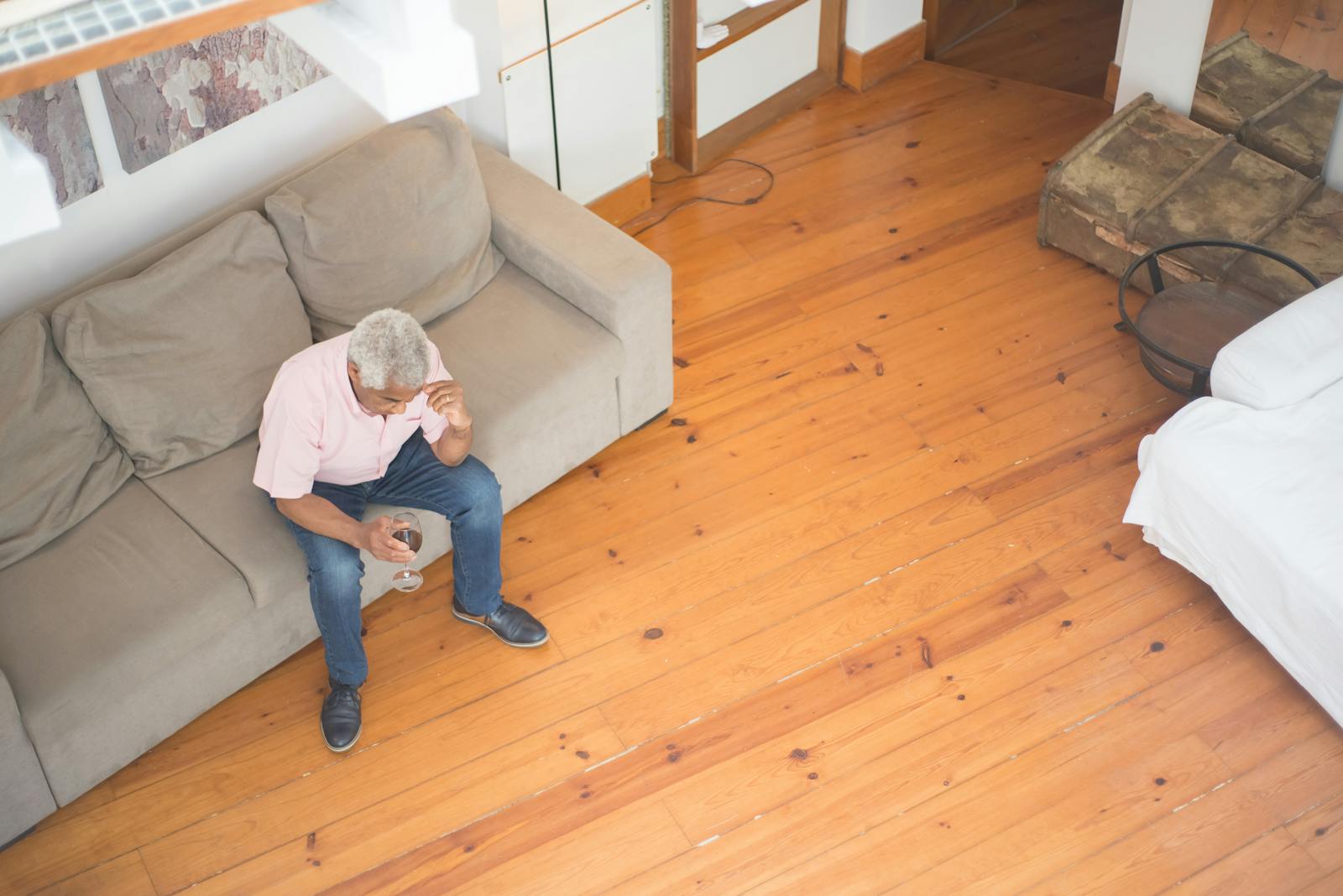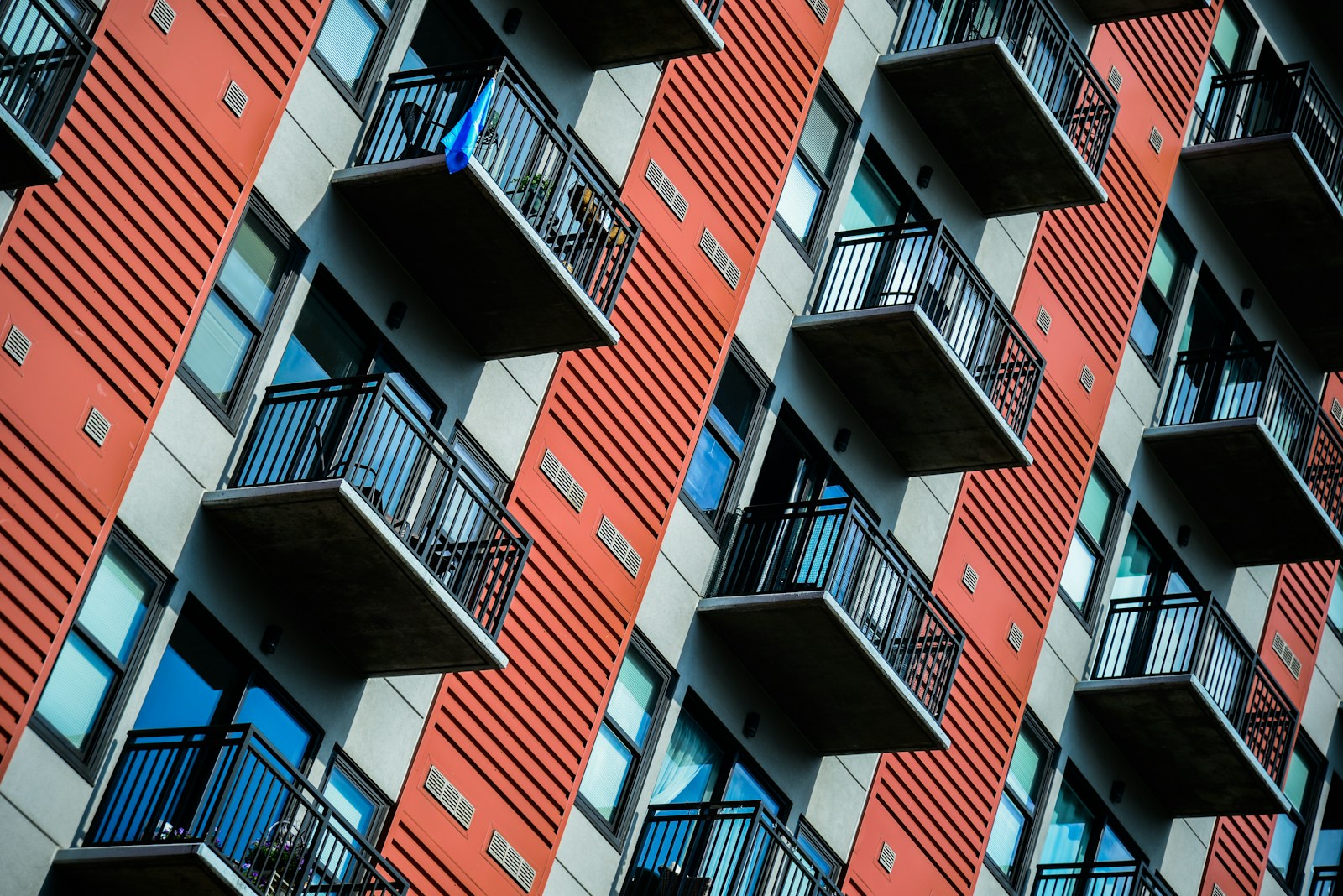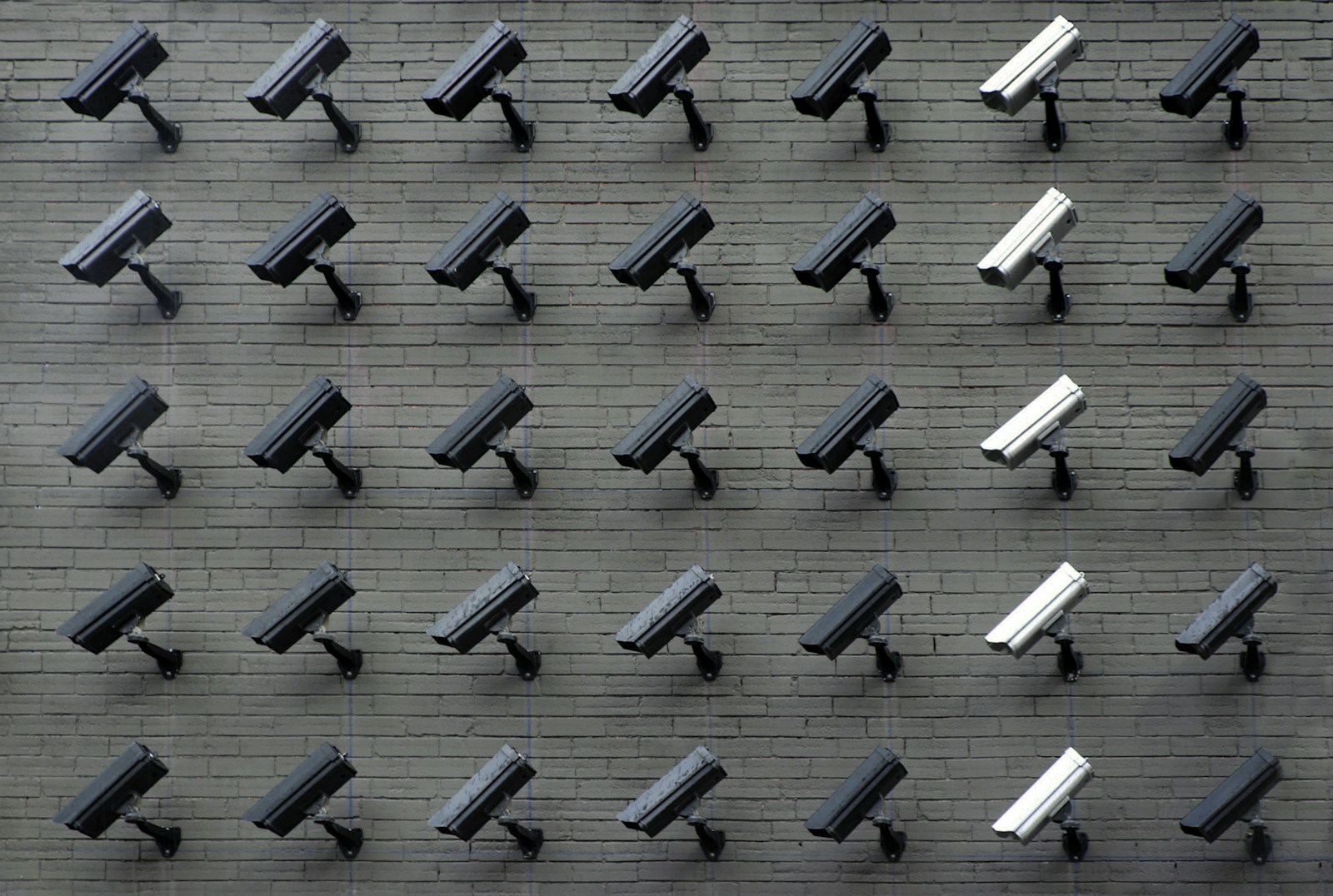Solving the Homeless Crisis Should Be a Public-Private Partnership

By Roderick Wright, California State Senator (Retired)
We can all agree homelessness or being unhoused is a social, economic and health problem. The breakdown occurs when we try to solve the problem. Nothing, particularly homelessness, is an easy issue to tackle, and if it were, it would have already been solved.
Let us also all agree, people sleeping on the street is unhealthy, unsightly, and inhumane. So now how do we solve this crisis? U.S. District Judge David O. Carter ordered the City of Los Angeles to do something about the homelessness situation faced by the City following a lawsuit brought by the Los Angeles Alliance for Human Rights. In Los Angeles County and most others, the Public Guardian is responsible for people unable to care for themselves, and this obligates our government to act. However, many of the homeless on our streets and in temporary shelters today have not attempted to obtain assistance.
What is unclear is to what extent a judge can order the City of Los Angeles to act? Can he, for example, take control of City expenditures? Could he make unilateral decisions as to how City funds are spent? Could he hold the City leaders in contempt and jail them? Could a judge layoff fire fighters or other city workers free-up funds needed to cover the cost of shelters? Could he confiscate private property and give it to homeless people? I remember when a Federal judge oversaw the California Department of Corrections and caused the release of many inmates.
A person’s political philosophy often colors what they see and whether societal problems should be solved by government at all. Clearly, we are all exposed to health risks by both the existence of a larger homeless population in and around housed members of our communities living in the areas. An outbreak of disease occurred near Los Angeles City Hall recently that was traced back to the homeless population defecating in the street. Obviously, we see more homelessness in lower income communities – there is just not much street camping on Rodeo Drive.
People on the right side of the political spectrum largely feel the problem is the fault of homeless people themselves and government should not reward irresponsible behavior. They often refer to the United Way or other charities, as opposed to government to resolve social problems. On the left, however, many people feel we should tax “the rich” and have the government build more housing and provide services for today’s homeless population.
As we saw with the recent passage of Proposition HHH, people in general are prepared to invest something. Voters approved more than $1.2 billion, but there is little to show as of yet. The question is do people have a “right” to something like housing, that actually costs money? If they do, who pays for it? I guess the other question is, when it costs over $600,000 to build a new housing unit in the City of Los Angeles, can we ever make a dent in solving the homeless problem when 60,000 over are unhoused today in the City? At $600,000 per unit, Proposition HHH only gets us 2,000 units for the 60,000 homeless on our streets today.
The City has tried to build homeless shelters and found that endeavor very expensive and inefficient. What if we tried a new approach? What if we created an incentive for private investors to risk private capital, build shelters, and make a profit? Many on the left will object to investors making a profit, even though it could provide a more efficient process and timely solution at a lower cost.
What does the provision of housing entail when you break it down? Land, labor, materials, entitlements, permit fees and, ultimately, return on investment. (ROI). In order to make housing more affordable, one or more of the elements in this equation have to be impacted. Another element in the equation is time because “time is money.” The longer it takes to build anything, the more it costs.
So, what would be my proposal for solving this homelessness crisis? I would use the best business solutions from the right, and the best social solutions from the left. To start, we should employ the “Triple Net Lease” concept to encourage private investment. What this means is that the tenant, in this case the government, would assume responsibility for all taxes, insurance and maintenance for the period of the lease, let’s say that term is 20-years. The public would be surprised to learn how many businesses are actually triple net leases, and in fact, many government offices are actually under triple net leases. The risk of getting a project built would be minimized for the developer, with an assurance that the project would be fully leased upon completion. The government would have no risk as they would only expend funds for completed projects.
Many of the frontend and construction costs, land, engineering, labor, and some materials could be tax deductible, if the project went through the State Tax Credit Allocation Committee. Since they already grant tax credits, special consideration could be given to these homeless projects, therefore, reducing the time to get the credits. This option would only be an option on permanent housing projects.
On the state side, a simple filing with the Franchise Tax Board should be all that is needed to get tax benefits. Some developers may desire to go without receiving the tax credits because of too much red tape. Yet another possibility could be “Social Impact Funds.” These are funds that invest in social projects and require a lower return. Social Impact Funds could literally be rolled over as they become investors in the projects.
Because this could easily be a profitable endeavor, many investors would likely be interested because these projects make great business sense. Each of these options would lower the costs of construction significantly. But more importantly they would reduce a developer’s and government’s risk by encouraging private sector participation. Developers could also solicit investors and distribute the credits and benefits as well as equity positions in the project. The project would still have depreciation and interest deductions like any other construction project. Lost tax revenues from the credits and other incentives would be offset by profits earned by developers and resulting income and property taxes.
For transitional housing, (where the resident would live until a permanent unit was available and they were stable) these would be built as dormitory (co-living) or motel-like structures. Some engineering design and zoning analysis would need to be done in advance to determine the appropriate height and density that would be allowed per lot. Keeping the development projects moderately sized will nullify some “NIMBY” (Not In My Backyard) opposition.
There should also be an exemption from the California Environmental Quality Act (CEQA). In many cases, CEQA lawsuits can take years to adjudicate over what are often trivial issues. Because this population would not have many cars, there could be a modification for off-street parking requirements. Staff and visitors would have to be accommodated, but there need not be spaces for all the residents as they were homeless and most would be unlikely own automobiles.
Since this would ultimately be a government run project, there should be no permit or fee costs as this would only be charged back to the government anyway in the form of leasing costs. If the density is worked out by statute, the permit process should be ministerial only. This will reduce the NIMBY-ism, but more importantly reduce costs by expediting the development of the project.
As for the investment return or “ROI,” this would be a function of how much rent would be charged. The actual lease terms would be agreed to in advance. Under this proposal, the government would not have to expend any money on the front end as it would simply pay the monthly rent for the agreed lease term once the project is completed. The developer would assume the risk of getting the project completed. This is not a charity program, but a true public-private partnership utilizing the best of what each has to offer.
The goal of the transitional housing would be getting “folks” off the street. If enough transitional and homeless housing is built, we could erase the blight of homeless folks sleeping on the street. As the law currently stands, if the government can provide a place to live, they can remove a person from off the street. The social services needed to make this system work again would fall back on the government, as it already does. Better they sleep inside than on the street. Things like pets and other issues would all have to be addressed by the government.
For the permanent housing component, this could be managed by the Housing Authority and again, have the units leased under a triple net lease. The government could contract for the management but getting the housing built would prove a welcome change. There are a few nonprofit groups that provide services to “formerly the homeless” while in permanent housing. LeaseUp Los Angeles through People Assisting the Homeless (PATH) provides these services today. PATH could partner with government to service the tenants who might still require “wrap-around” services such as counseling and healthcare. PATH also offers protections to property owners in the form of insurance and financial incentives. (Their website is leaseupla.org).
By capturing the best of both, public-private partnerships have proven to be far more efficient and practical. The author, Roderick Wright, is a former member of the California State Senate and Assembly. He developed affordable housing with the Inner-City Housing Corporation. He worked in the Planning Department of the City of Los Angeles and has worked on housing and energy issues in both the public and private sectors. He also worked at the Southern California Association of Governments (SCAG). Mr. Wright has been a rental property owner for over 40 years and is also a member of the Apartment Association of Greater Los Angeles and the Coalition of Small Rental Property Owners






